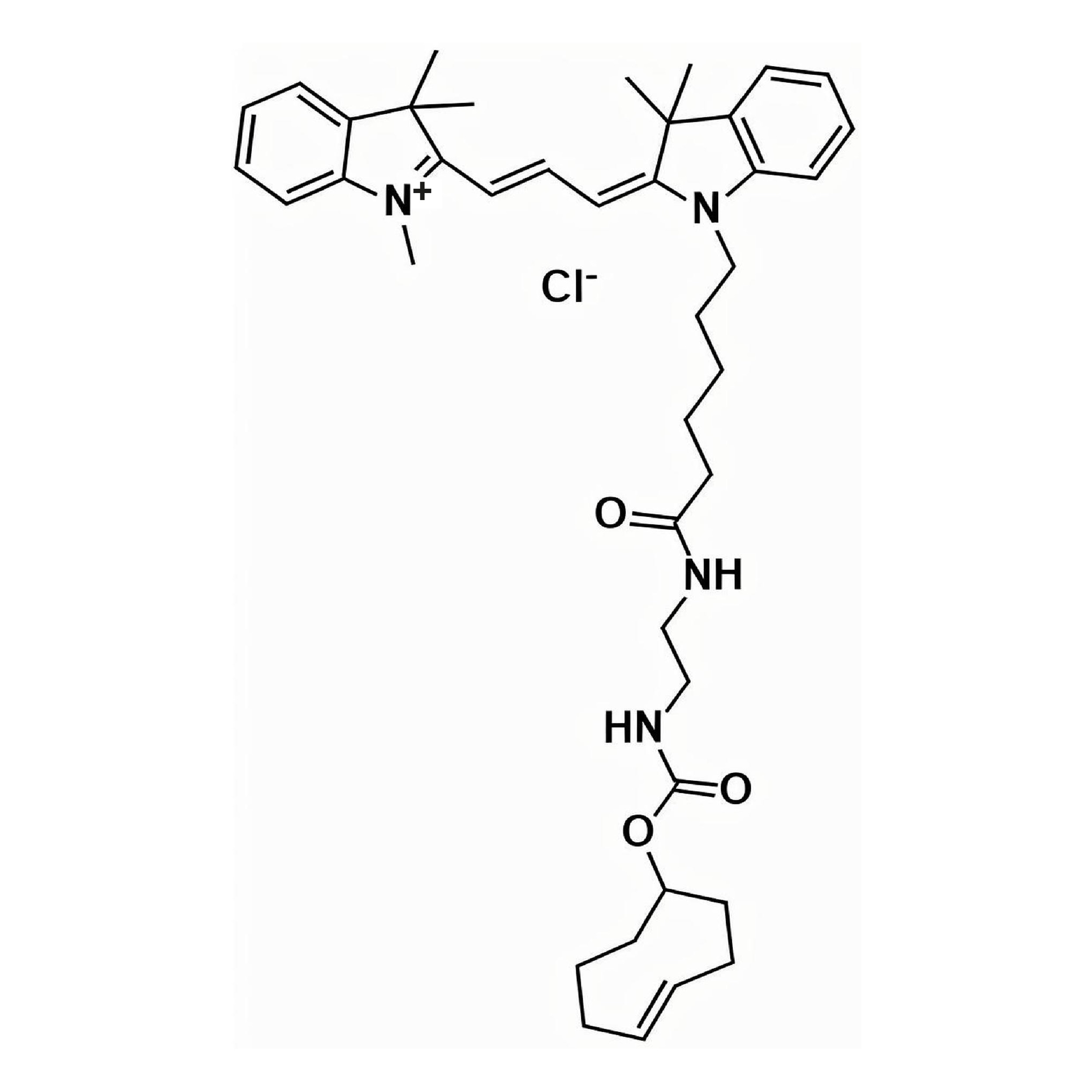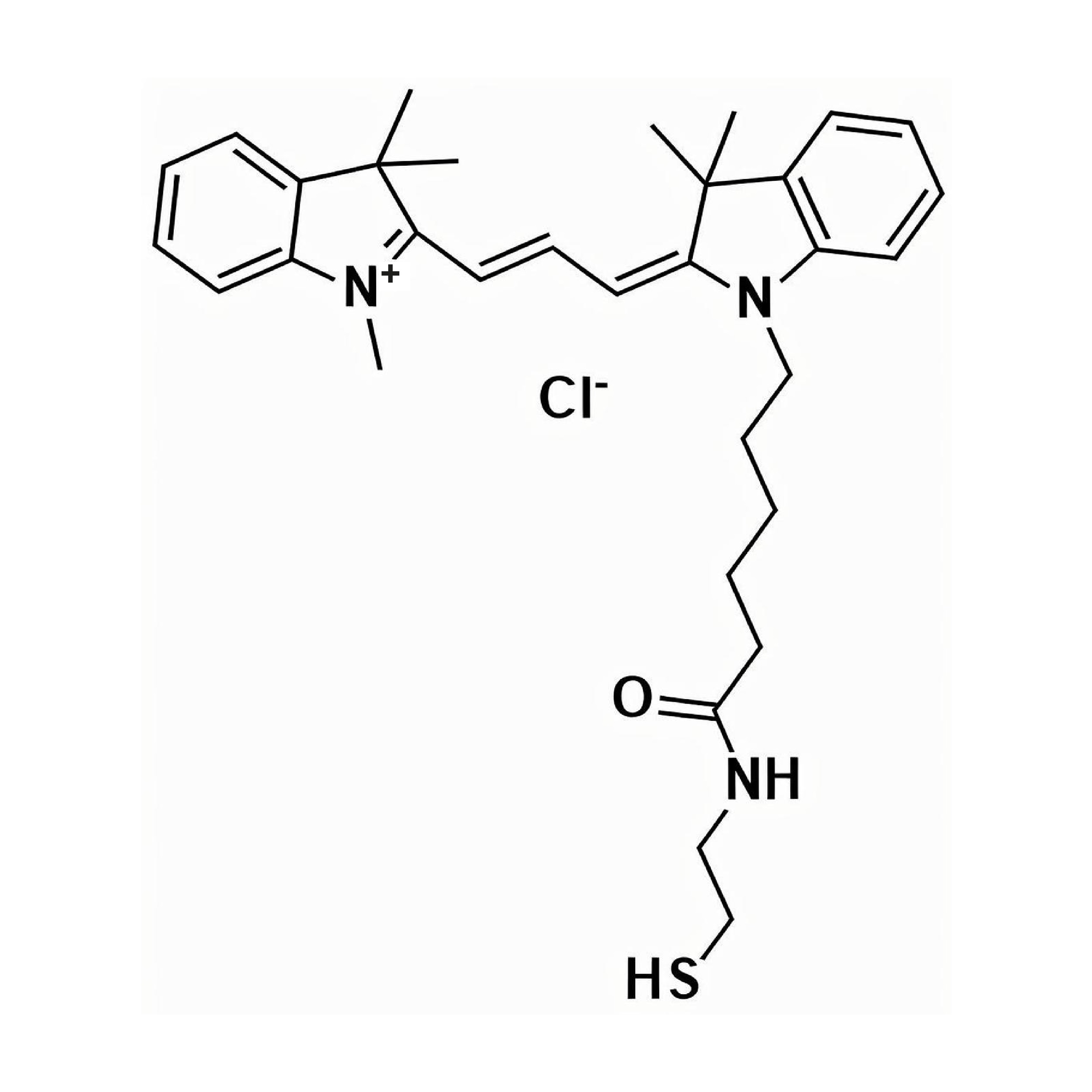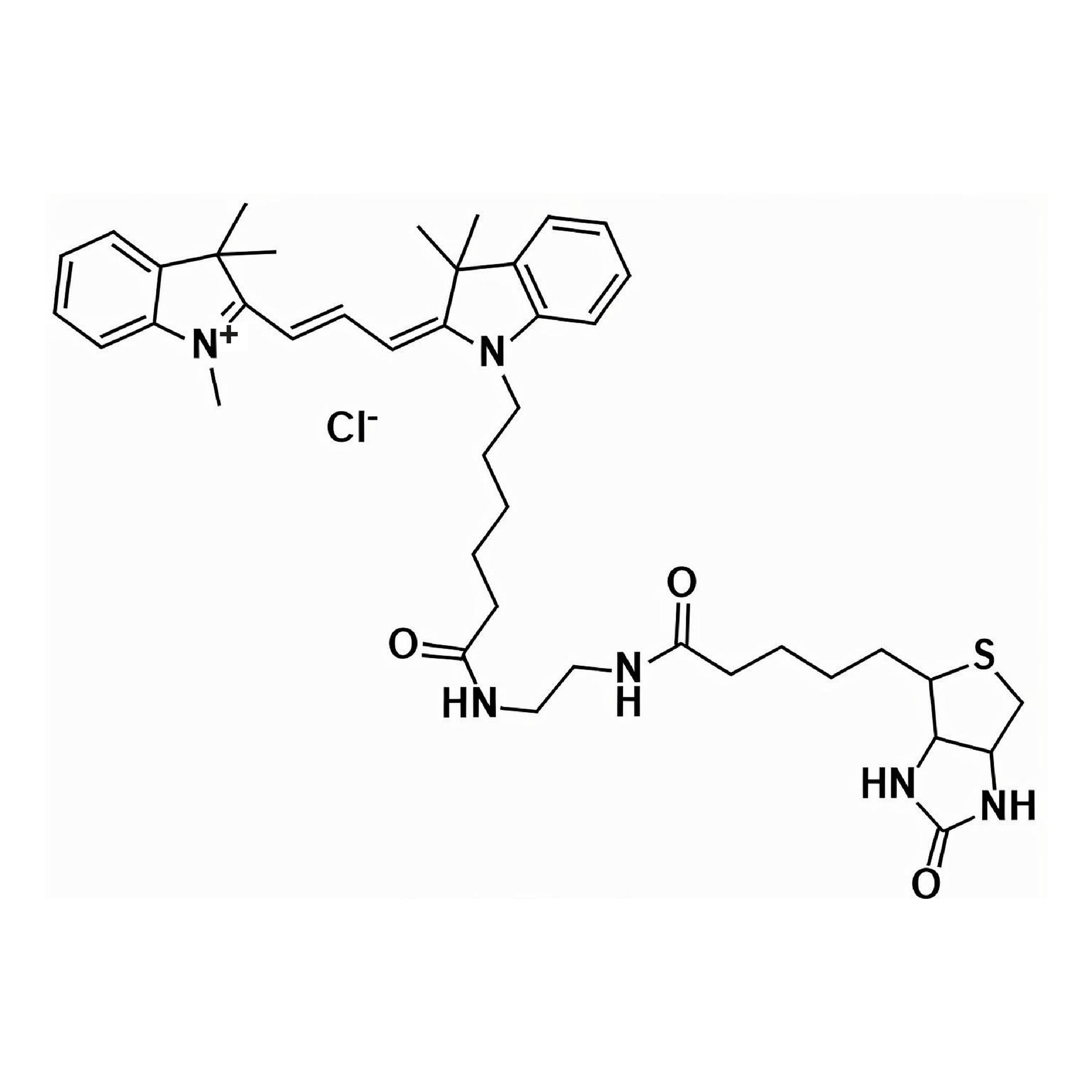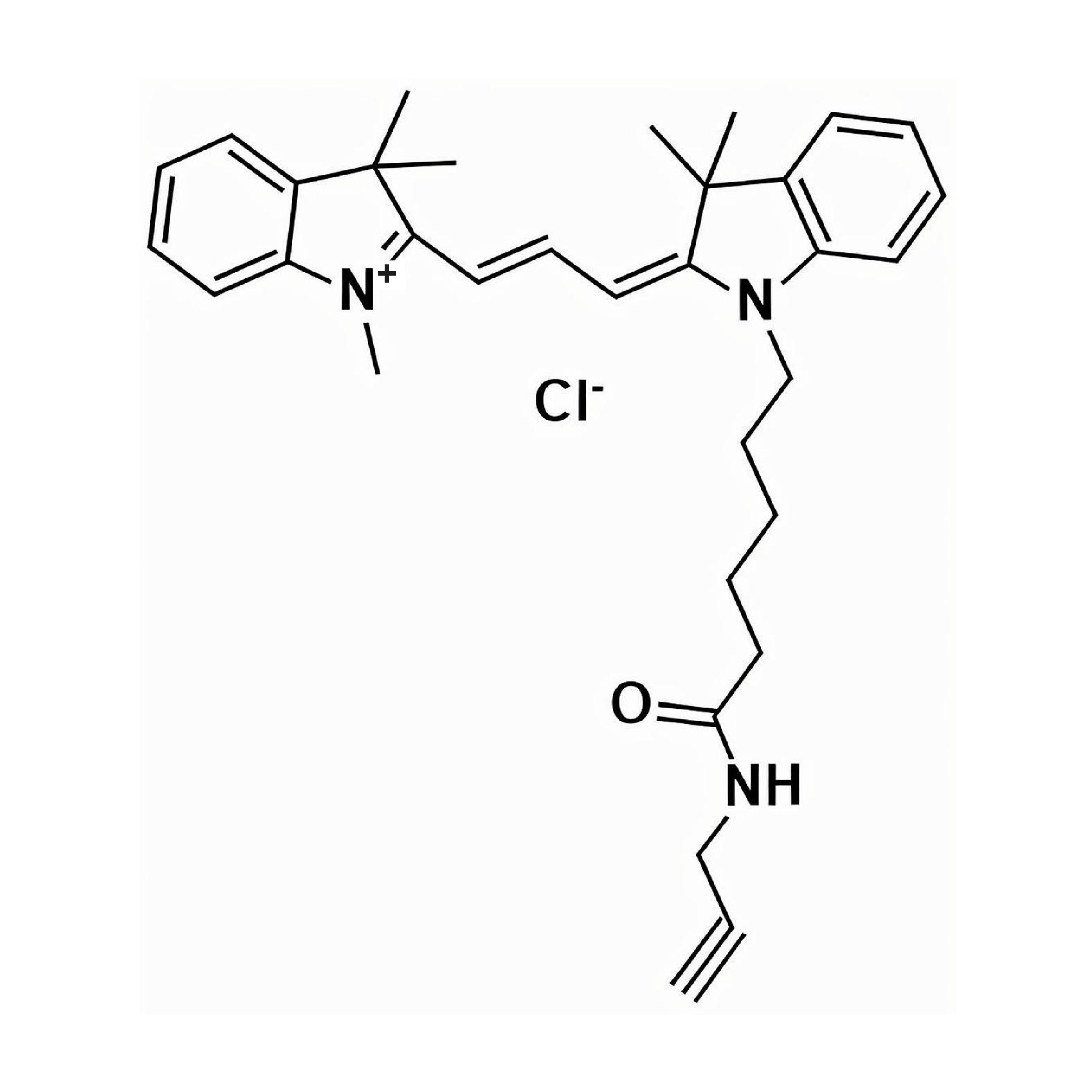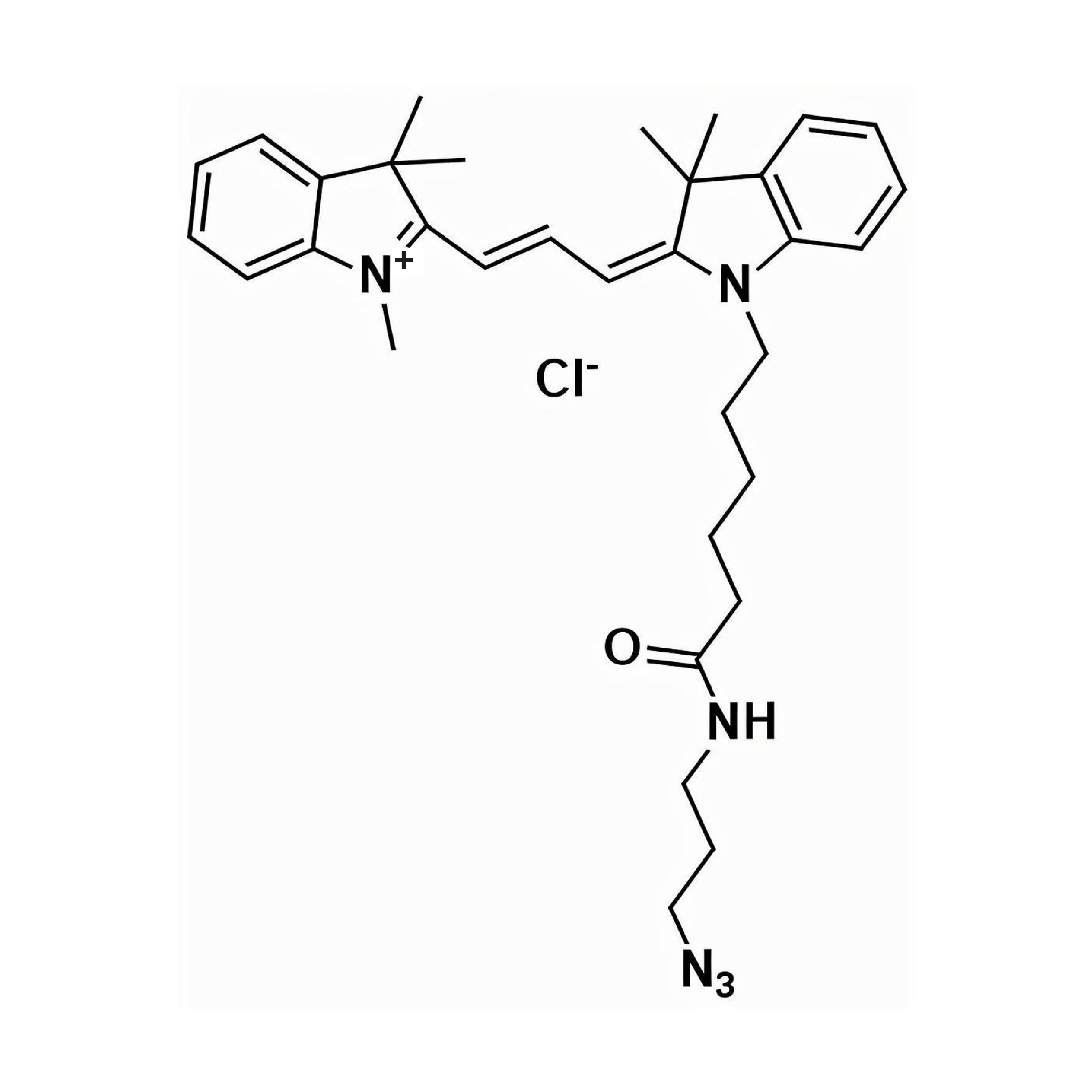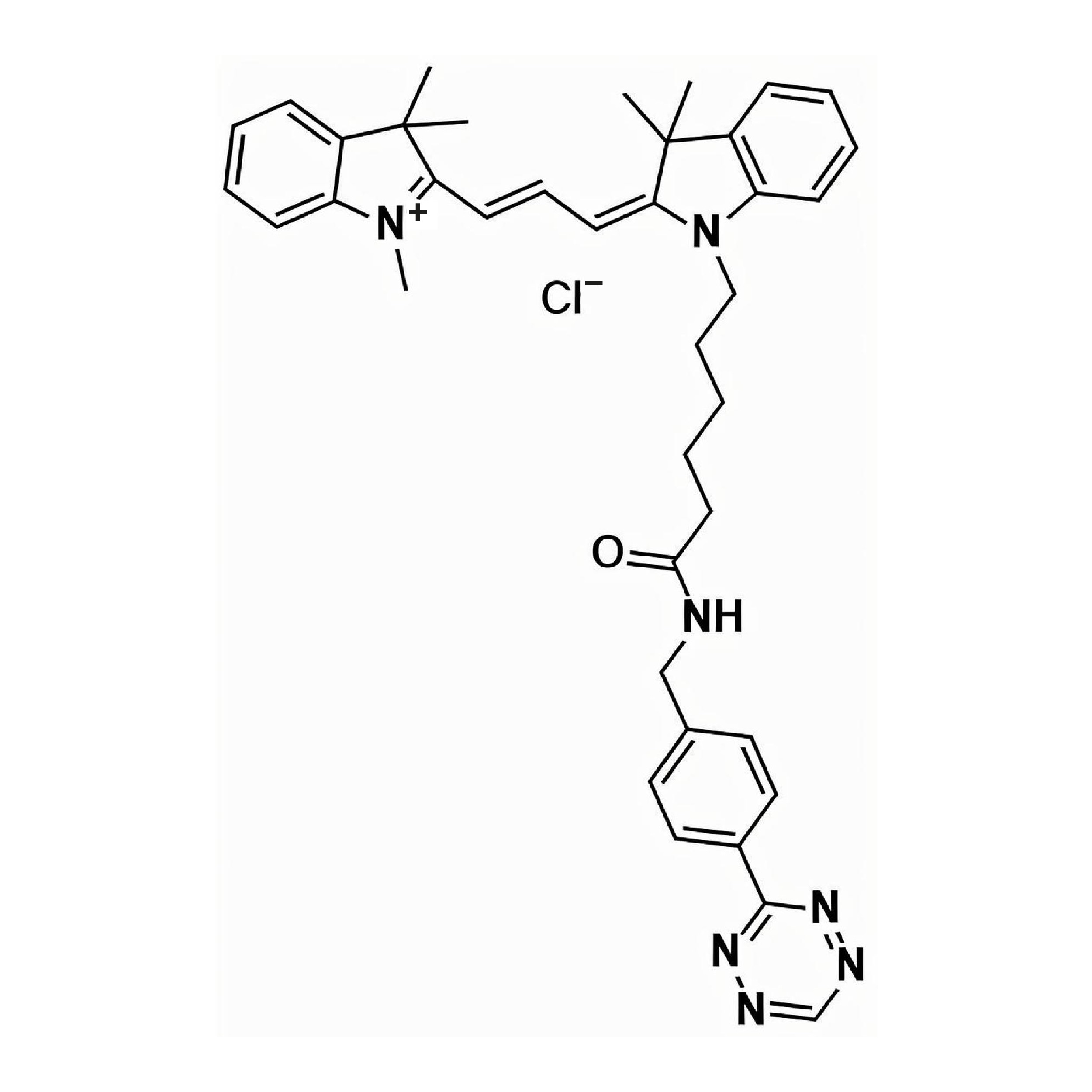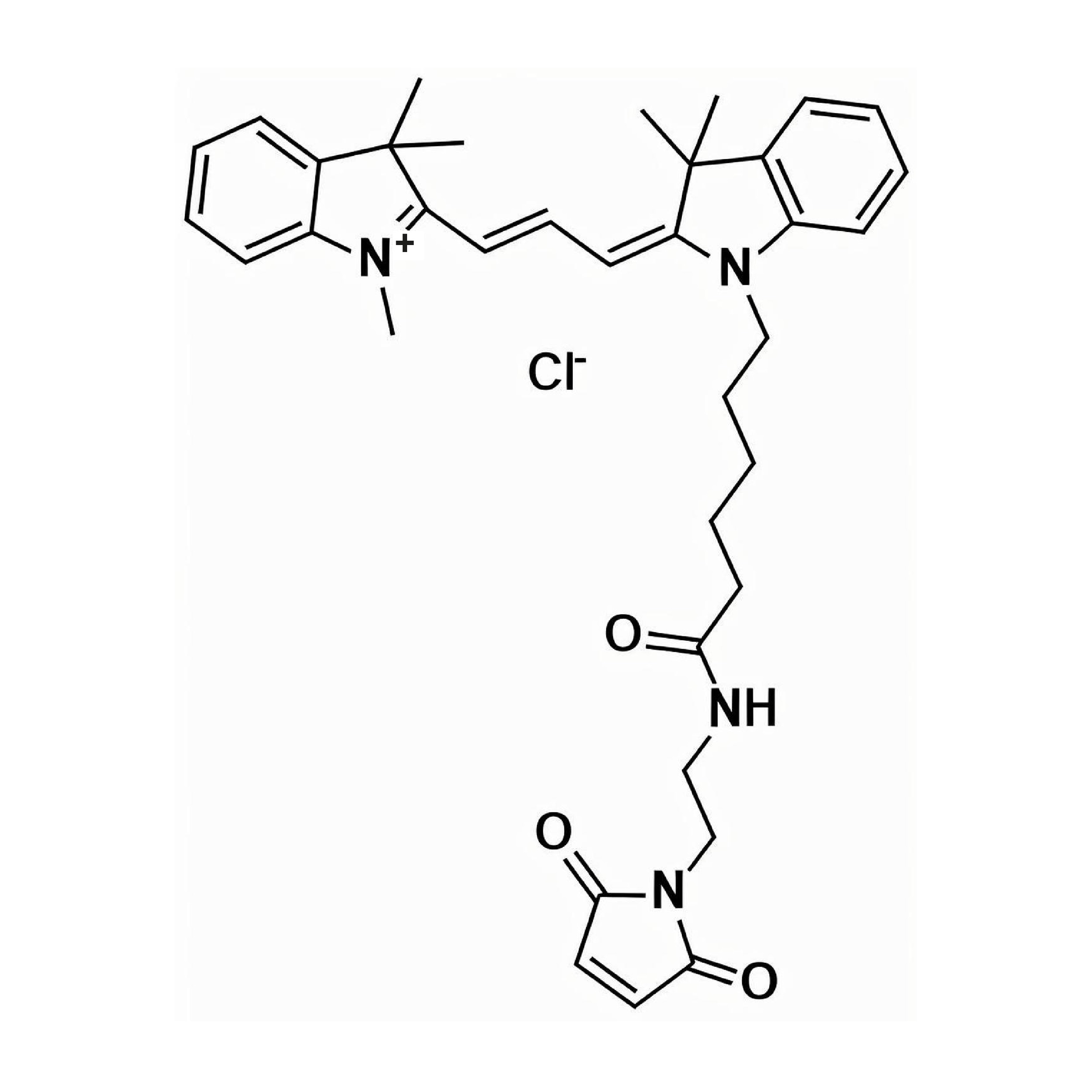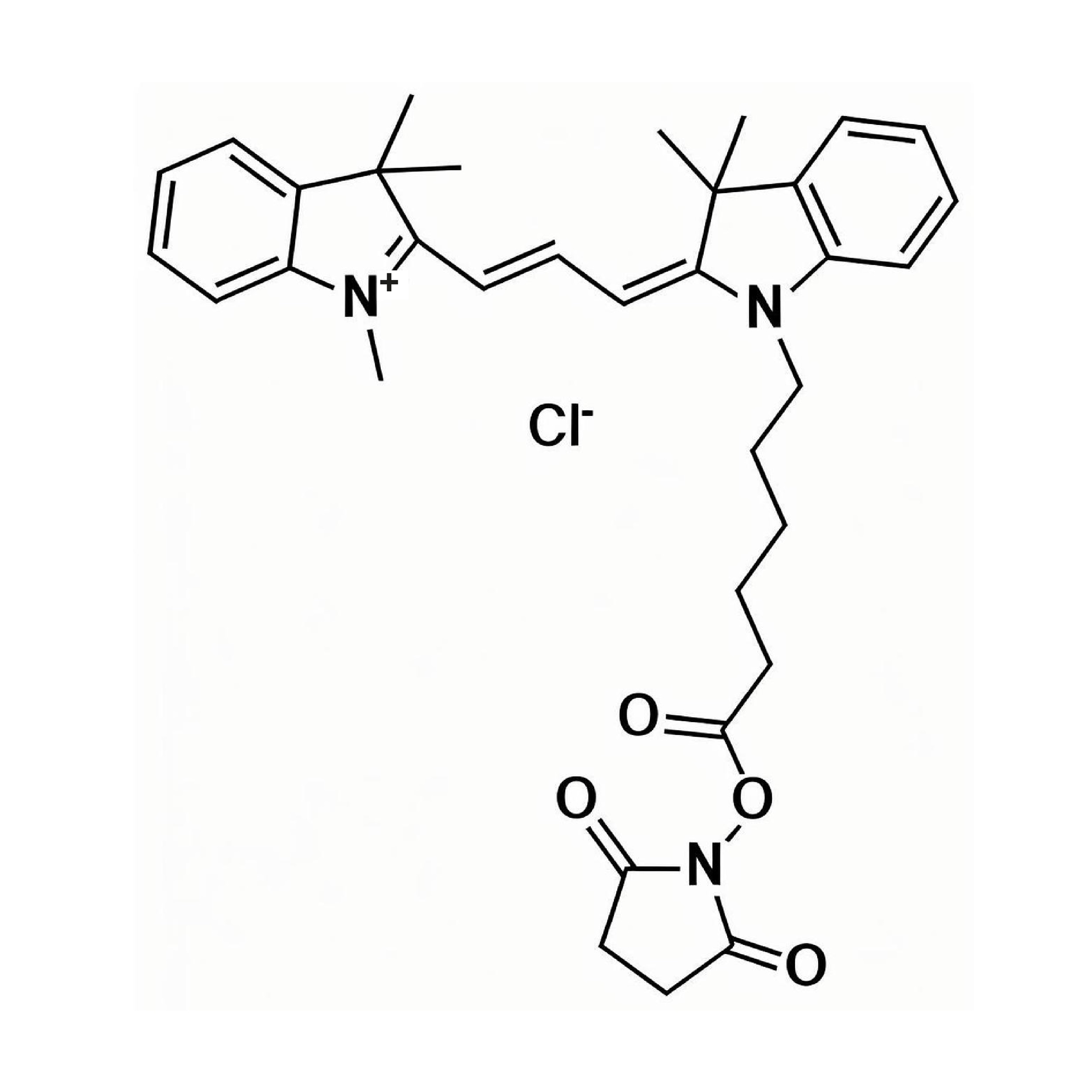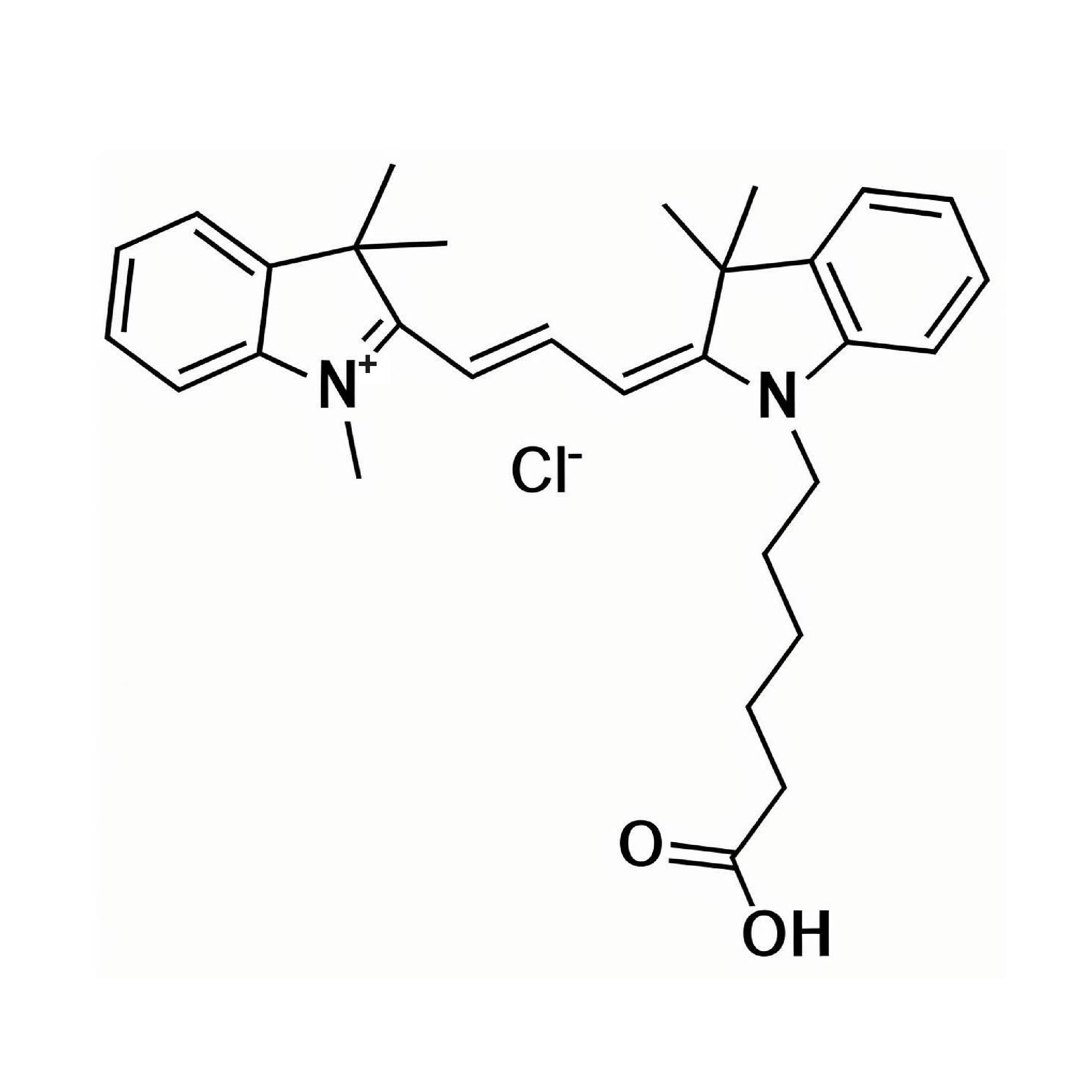
Key Documents
 SDS
SDS
 COO/COA
COO/COA
OCY301
Favorite| Pack Size | SKU | Availability | Price | Quantity |
|---|---|---|---|---|
| 1mg | OCY301-1mg | In stock | $99.00 |
-
+
|
| 5mg | OCY301-5mg | In stock | $189.00 |
-
+
|
| 10mg | OCY301-10mg | In stock | $299.00 |
-
+
|
| 25mg | OCY301-25mg | In stock | $369.00 |
-
+
|
| 50mg | OCY301-50mg | In stock | $626.00 |
-
+
|
| Purity | 95% |
| Appearance | Red powder |
| Solubility | Freely soluble in methanol, chloroform, DMSO, DMF, and other organic solvents; slightly soluble in water. |
| Purity Testing Method | HPLC |
| Structural Identification Method | NMR/MS |
| Storage Conditions | −20 °C, keep in dark place. |
| Excitation Wavelength (λₑₓ) | 555 nm |
| Emission Wavelength (λₑₘ) | 570 nm |
| Molar Extinction Coefficient (ε) | 148000 L⋅mol⁻¹·cm⁻¹ |
Cyanine3 Carboxylic Acid is a non-activated, non-sulfonated fluorescent dye featuring a terminal carboxyl group. It displays strong orange-red fluorescence and is soluble in polar organic solvents (e.g., DMSO, DMF), though poorly miscible in aqueous solutions. This compound serves as a non-reactive reference fluorophore for calibration, negative controls, or as a precursor for synthesizing activated derivatives.
For covalent conjugation to amine-containing biomolecules (e.g., proteins, peptides), use Cyanine3 NHS ester or its water-soluble sulfonated variant (sulfo-Cyanine3 NHS ester). Store under anhydrous conditions, shielded from light.
-
Symbol GHS
-
Hazard Code
-
Risk Statements
-
Safety Statements
-
RIDADR
-
WGK Germany
-
RTECS
-
F
-
Hazard Class
-
Packing Group
-
HS Code
-
Toxicity
-
Autoignition Temperature








